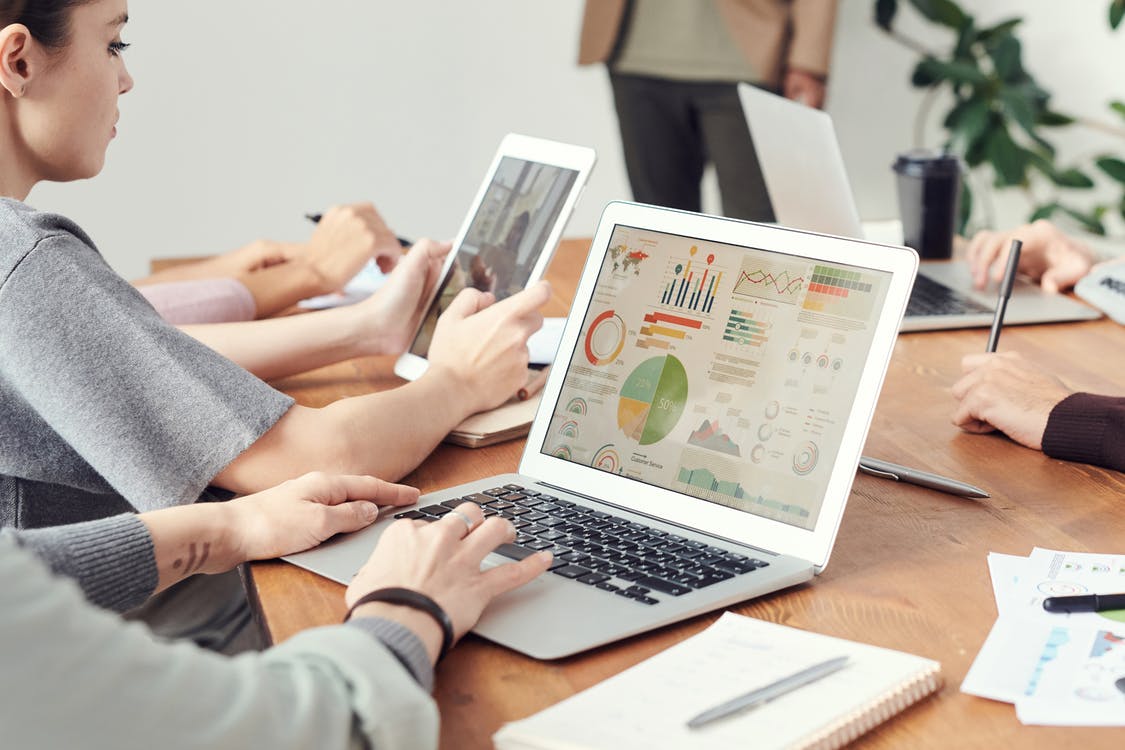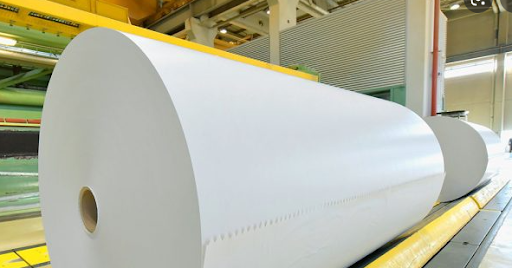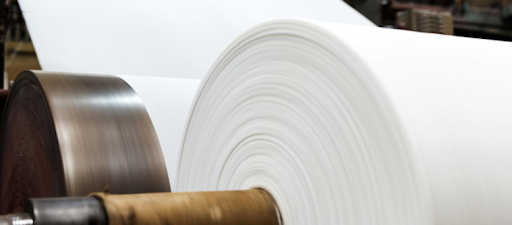3 Things To Consider Before Deciding To Sell Your Business
If you have a business that you’ve been thinking about selling, there are a few things that you’re going to want to think through before you move forward with this decision. Because not only can selling your business have a big impact on your life professionally, but it can also have big implications for you personally as well.
To help you determine if this is the right course of action for you, here are three things to consider before deciding to sell your business.
What’s Your Business Worth?
For most people, one of the main reasons that they look to sell their business is to make money from the sale. However, to really know if you’ll make much money, you first have to know what your business is worth.
Getting a valuation for your business can be tricky. This is why you should trust this to a professional who has done this type of work before. They can look at everything relating to your business and give you a valuation for what your business is worth, what you can expect to get from potential buyers, and how everything will likely end up shaking out financially. With this information, it might make making your final decision a little easier for you when it comes to selling your business.
Get The Timing Right
If you think that you do want to sell your business and you’re hoping to get the most money possible from the sale, you’ll want to make sure that you time the sale right.
The timing of when you express a desire to sell your business can have a big impact on how much you’re able to sell for and how many people will be interested in buying. Ideally, you’ll want to sell when your business is as appealing as possible. This might mean putting in some work upfront to get everything in order and improve the health of your business. But if you’re able to time it right, you could get some very competitive offers.
If You’ll Be Involved After The Sale
Something you’re going to want to think about before you try to sell your business is how involved you want to be in the business after it’s sold.
For some people, selling the business and essentially cutting all ties makes the most sense. For others, while they might not want to own the business anymore, still working in the business is appealing. So before you move forward with a sale, make sure you think about how involved you want to be afterward and if the buyer is up for that.
If you’re flirting with the idea of selling your business, consider using the tips mentioned above to help you in making this decision.













